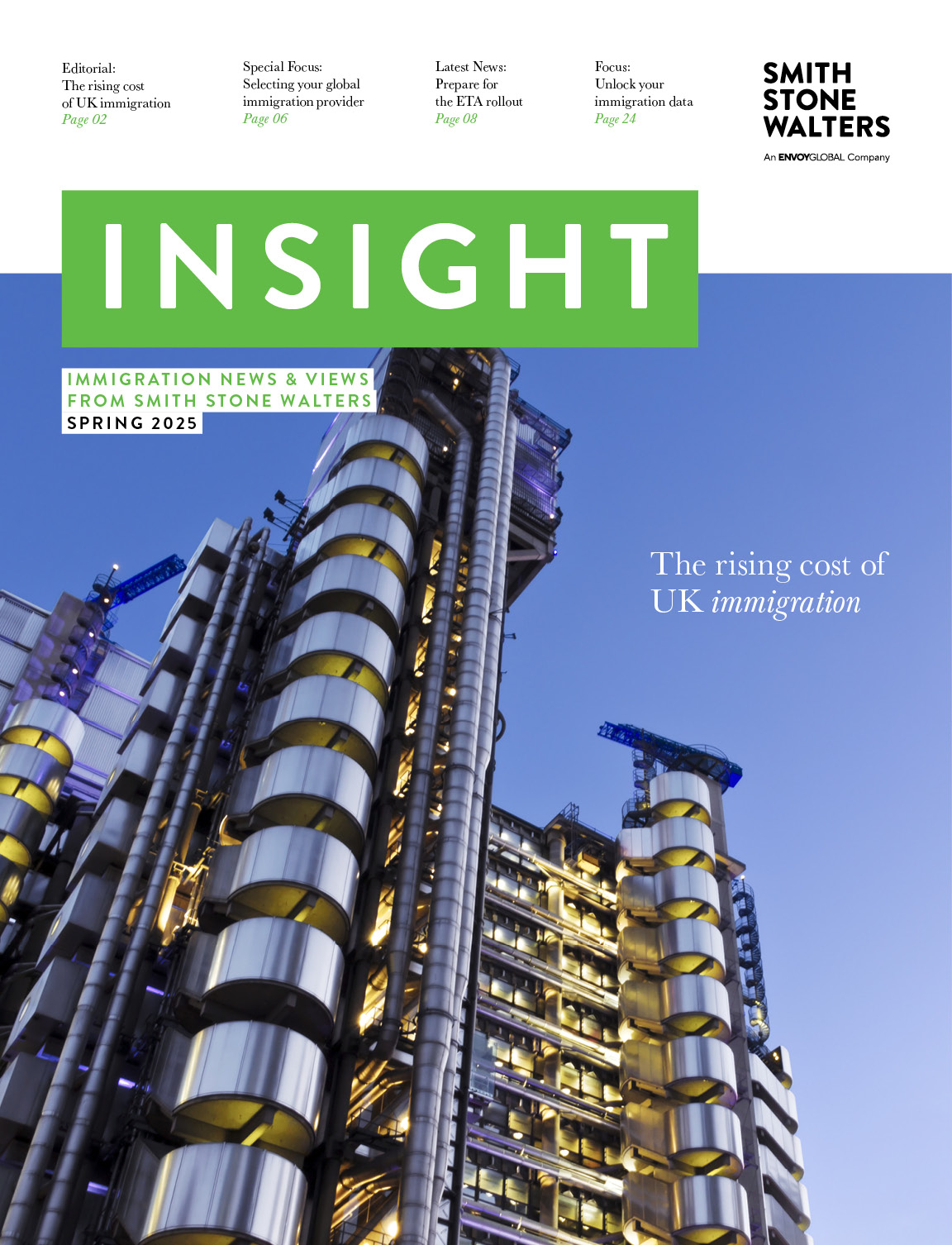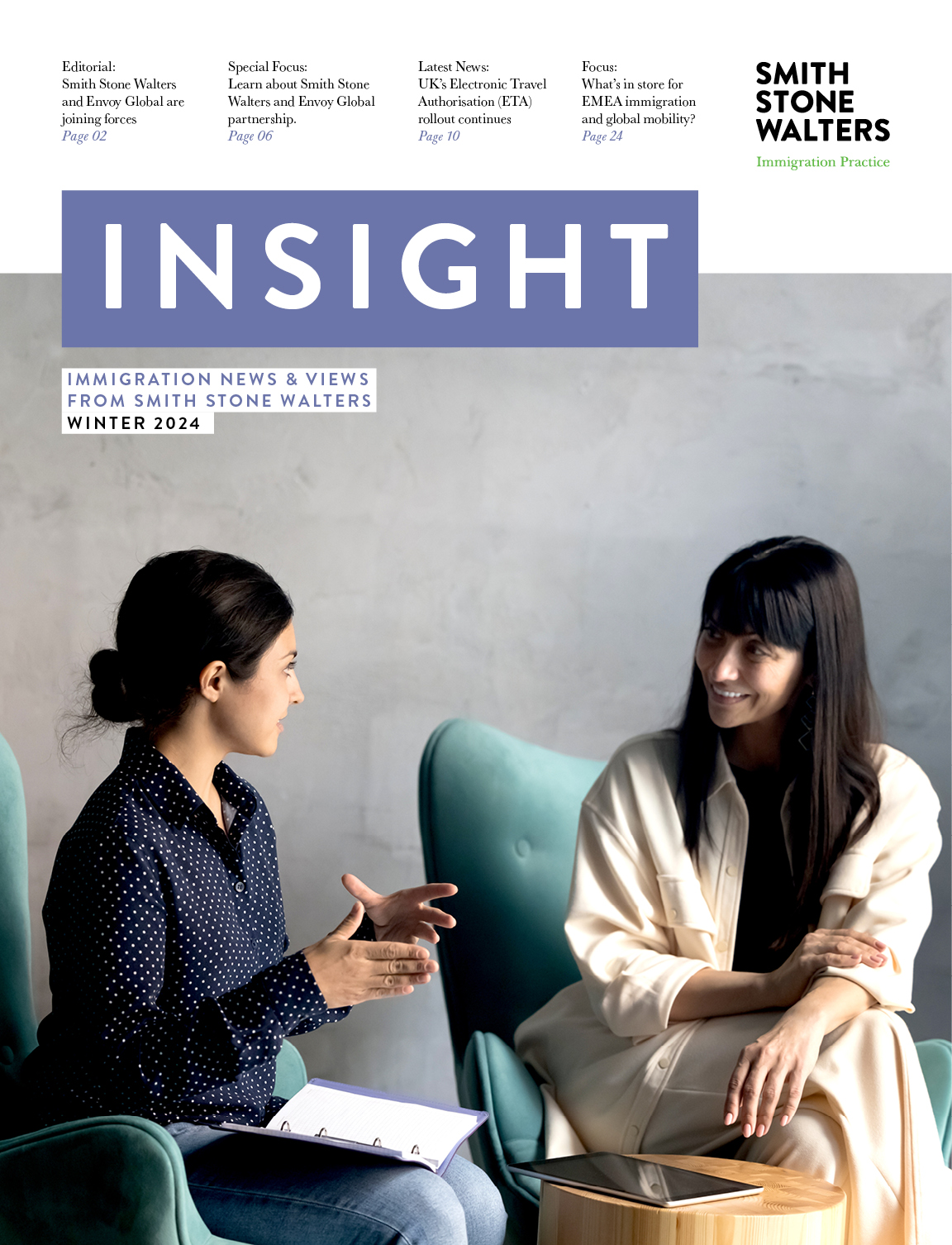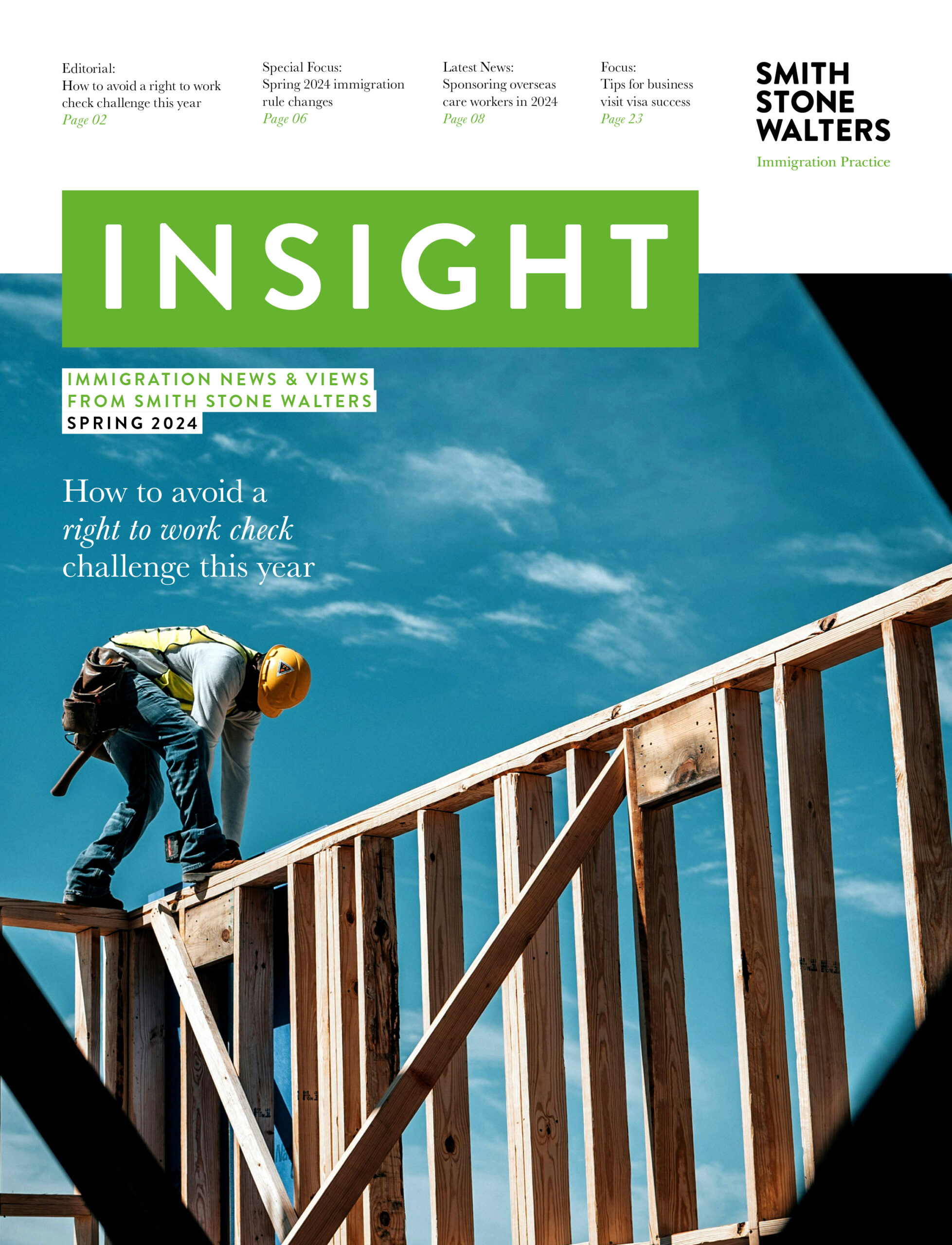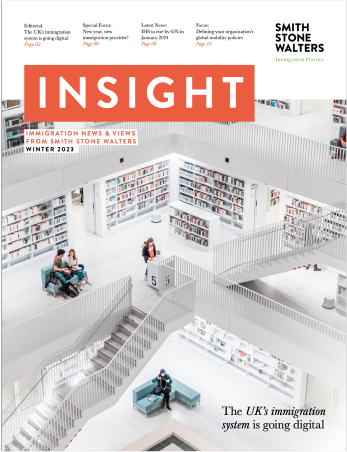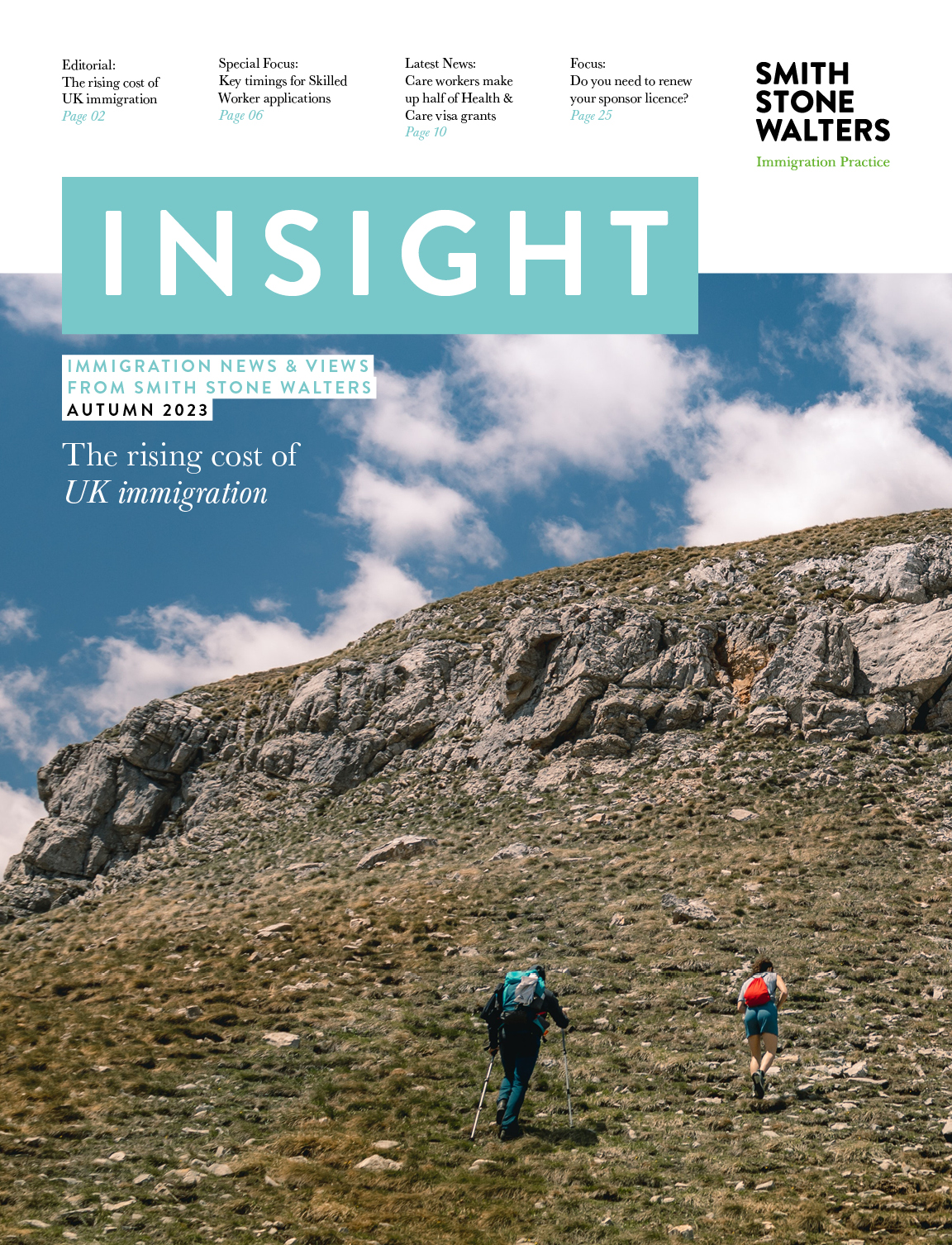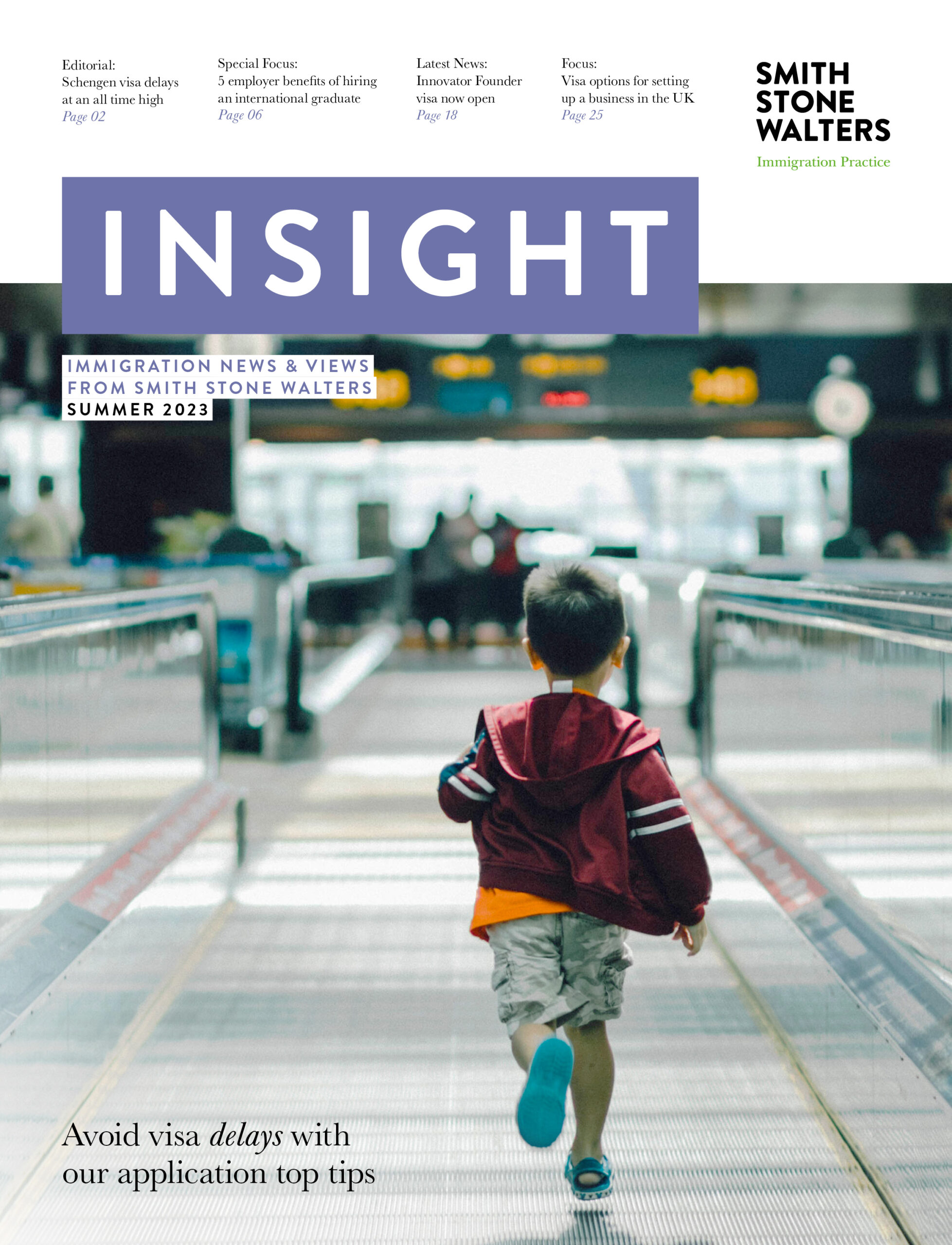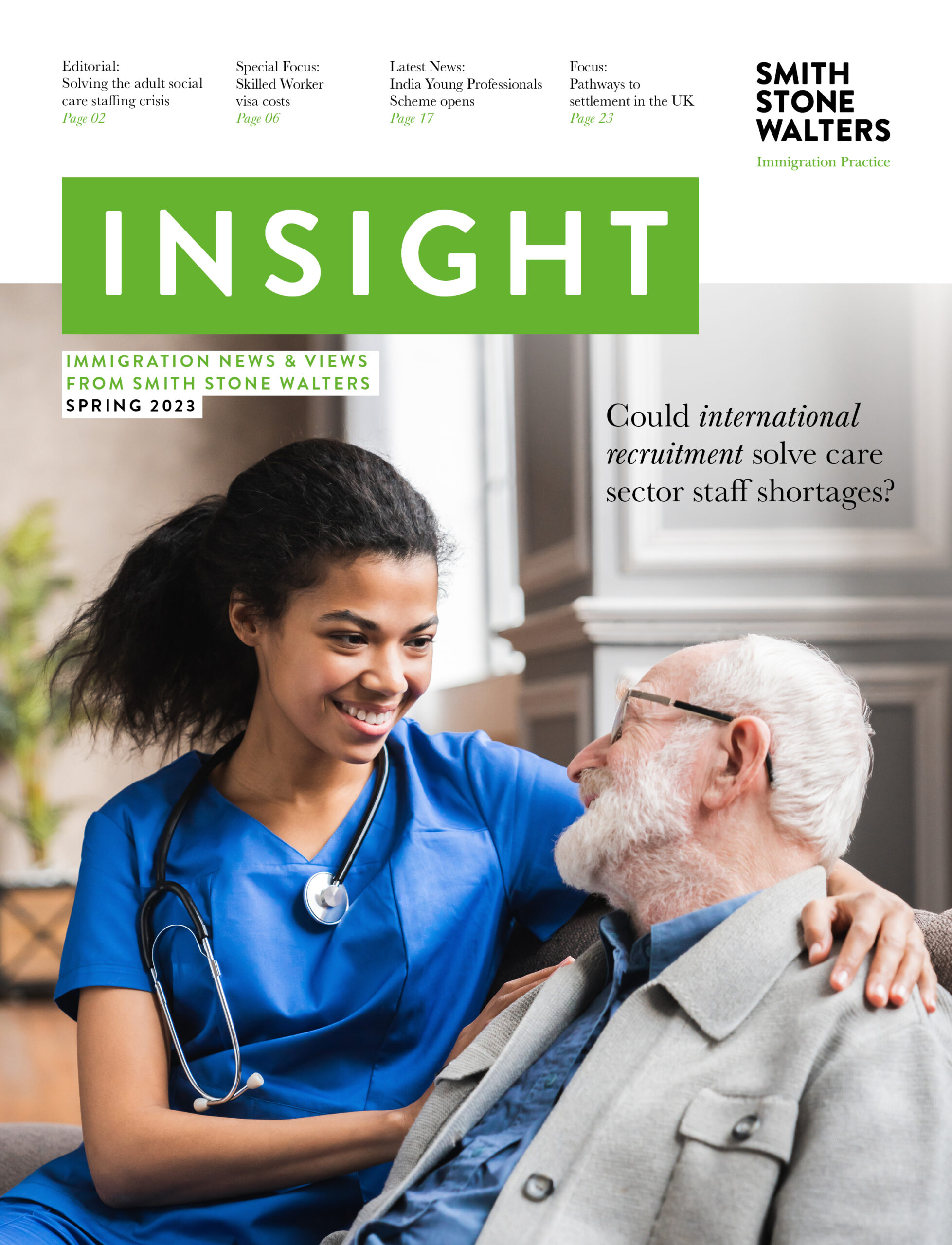Public phase of EU Settlement Scheme launches
On Monday 21 January, the government opens the next public test phase of its EU Settlement Scheme. EU nationals in your workforce will be eligible to apply only if they are either:
- a resident EU citizen (but not a British citizen) with a valid EU passport
- the non-EU citizen family member of an EU citizen and you have a biometric residence card.
They will also need to have access to an Android phone in order to download and use the Home Office’s app called EU Exit: ID Document Check.
The Prime Minister has already given assurances that the Scheme – in which every EU migrant living or working in this country must register their immigration status – will continue to be put in place regardless of a no-deal Brexit.
To whom does it apply?
Every EU citizen (people from Norway, Switzerland and Lichtenstein are not covered) and their family members who will be residing in the UK by 31 December 2020.
Residence here is taken to mean living in the UK and will not involve proving that you have spent those five years exercising free movement rights (such as working or self-employment).
The Scheme will fully launch for ever EU national by the end of March this year. It runs until June 2021 and rights remain unchanged until then, provided the EU worker is resident in the UK by the end of 2020.
How much does it cost?
Unfortunately, there is a charge to register for this Scheme of £65 for adults and half that for children. While the fee is roughly the price of a passport, critics have argued that it doesn’t entitle you to travel. It is literally the price EU citizens are paying for the end of free movement!
If you have been a resident in the UK for more than five years you are eligible for ‘settled’ status.
If you have been a resident for less than five years you are eligible for ‘pre-settled’ status.
(It is free only if you already have indefinite leave to remain or a valid permanent residence document.)
The application process
1 Using the app, you will need to verify your proof of identity by uploading a photo/selfie and use your passport/National Identity card.
2 Confirm proof of residence. This can be done by providing your National Insurance number.
3 Declare that you do not pose a serious criminal risk by declaring any convictions.
A word of caution…
Last Autumn, vulnerable groups such as children who are being cared for by local authorities, or those in women’s refuges, were invited to apply. Each organisation was offered extra help. For instance, some had the free services of a Home Office advisor who would sit with them to complete the form online, using a dedicated laptop or mobile phone, to make sure that they had the relevant documentation to prove residence.
One such organisation was the Roma Support Group. They had concerns that certain individuals would have a language barrier and a lack of IT skills – and they were right. While they attempted to register 69 people, only two (3%) managed to complete their application without any support. A third had technical difficulties and needed to submit further evidence.
A similar scenario is likely to be replicated once the scheme goes live. Only the most optimistic could believe that it will be possible to successfully complete the administration of three million people in the next 29 months. It’s an average of around 6,000 applications being processed every single working day between now and the end of the transition period.
What Smith Stone Walters can offer you
Our comprehensive Brexit Immigration Service is fully prepared. Its intention is to reassure both you and your EU workers.
You can tailor it to the requirements of each client and the resources we are offering are listed here.
Talk to Smith Stone Walters about how we can start supporting your organisation and assist your EU employees in securing their long-term status in the UK. We hold the answers.
Further reading: The EU Settlement Scheme: What your business should be doing right now


